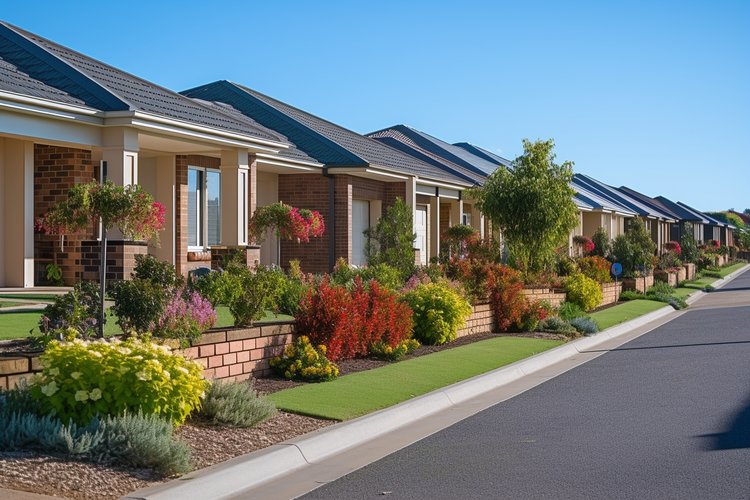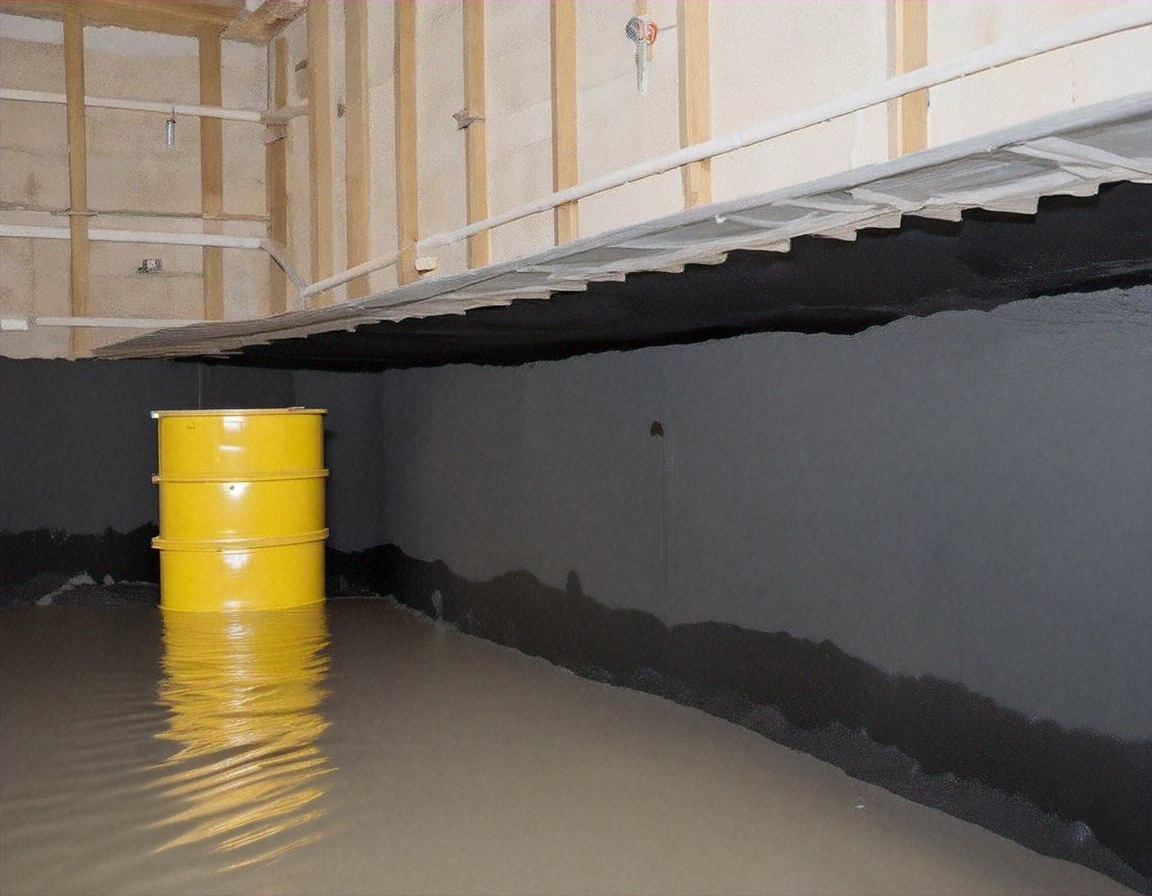Understanding the New Wave: Investing in Mixed-Use Real Estate
The real estate landscape is never static. It evolves, shifts, and adapts to the changing needs and preferences of society. One such trend that is rapidly gaining momentum is the rise of mixed-use real estate properties. This article delves into this emerging trend, providing a comprehensive background, analysis of current market trends, potential advantages, and challenges, as well as its potential impact on real estate stakeholders.

A Brief Historical Context of Mixed-Use Real Estate
Mixed-use real estate is not a new concept. Historically, human settlements often incorporated living, working, and recreational spaces into compact areas. However, in the 20th century, with the rise of suburbanization and the advent of zoning laws, residential, commercial, and industrial spaces were largely separated.
The concept of mixed-use development has re-emerged in the 21st century as a response to the growing desire for walkable urban spaces where work, home, and leisure coexist. This shift reflects a broader societal trend toward urban densification and sustainable development, as well as changing lifestyle preferences, particularly among millennials and Gen Z.
The Current Market Trend: Why is Mixed-Use Real Estate Thriving?
Today, mixed-use real estate, which combines residential, commercial, and sometimes industrial spaces within a single development, is experiencing a resurgence. This trend is driven by several factors.
Firstly, urbanization and population growth are creating a demand for efficient use of space. Secondly, there is a growing preference for convenience and accessibility, with people desiring to live, work, and play in close proximity. Lastly, mixed-use properties are often seen as more resilient to economic downturns as they are not reliant on a single use or tenant.
Advantages and Challenges of Mixed-Use Real Estate Investment
Investing in mixed-use real estate has several advantages. Diversification is a key benefit; these properties offer multiple revenue streams from different types of tenants, reducing risk. They are also often located in prime urban locations, making them attractive to tenants and potentially offering high returns.
However, mixed-use properties also present unique challenges. They require a more complex management strategy, balancing the needs of different tenant types. They may also require significant investment to ensure compliance with zoning laws and building codes.
The Potential Impact on Buyers, Sellers, and Investors
For homebuyers, mixed-use properties can offer an attractive lifestyle, combining the convenience of urban living with the amenities of suburban life. For sellers and developers, these properties can command premium prices due to their location and unique offering.
Investors, on the other hand, can reap the benefits of a diversified investment that potentially offers higher returns. However, they must be prepared for the complexities of managing mixed-use properties and the potential for significant upfront investment.
In conclusion, investing in mixed-use real estate represents an exciting opportunity for those willing to navigate its unique challenges. As urbanization and changing lifestyle preferences continue to drive demand for these properties, they are likely to play an increasingly important role in the real estate landscape. As with any investment, thorough research and due diligence are essential to capitalize on this trend and minimize potential risks.




